Healthy Boundaries
Sometimes a lack of healthy boundaries can feel like empathy, but in reality, true empathy can only exist when some limits are put in place.
What is a boundary?
Literally speaking, a boundary is a line that marks the limits of an area. Metaphorically speaking, a boundary is setting a line around yourself that determines what is and is not acceptable to you.
What are the 3 types of boundaries?
1) Porous: a boundary extending far and wide, so you become too involved with others. Some examples may include:
Oversharing personal information
Difficulty saying “no” to the requests of others
Being overinvolved in other peoples’ problems
Depending on the opinions of others
Accepting abuse or disrespect
Fearing rejection if not complying with others
2) Rigid: a boundary so close to you that you hold others at a distance emotionally and physically. Some examples may include:
Avoiding intimacy and close relationships
Unwillingness to ask for help
Overprotecting personal information
Detaching from relationships, even romantic ones
Keeping others at a distance for fear of rejection
3) Healthy: a boundary that moves and changes depending on what is healthy for you. Some examples may include:
Valuing your own opinions
Refusing to compromise your values for the values of others
Sharing information about yourself in an appropriate way
Knowing your personal wants and needs and being able to communicate them
Accepting when others say “no” to you
How do you create and maintain healthy boundaries?
The first step to creating healthy boundaries is knowing what you value. Once you establish the things that are most important to you, you will be able to create boundaries that reflect your values. After establishing what you value, it’s essential to use language that reflects those values. Expressing yourself in a clear and assertive way will help you establish that your “yes” means “yes” and your “no” means “no.” This will also help you use confident body language as you relay your boundaries.
Maintaining your boundaries will require you to plan ahead. Think about what you want to say and how you want to say it before entering a difficult situation. When you have respectful language ready at your disposal, setting healthy boundaries will become easier and easier with practice. Then, if you must compromise one of your boundaries when appropriate, you will have a strong foundation for when you need to maintain a boundary again.
The important thing to remember is that setting healthy boundaries takes practice, and at the end of the day, it will feel better to be loving and straightforward than drained of energy and resentful, angry, or anxious.
What does the Bible say about setting healthy boundaries?
Jesus was a great example of someone who set healthy boundaries. In Mark 6:31, after being around people coming and going and asking things of him, Jesus said to his disciples, “Let’s go off by ourselves to a quiet place and rest awhile.” Even though Jesus was God himself, he needed to be alone and rest because he was also human. It is important to remember that to be human is to need healthy boundaries. So, the next time you set a healthy boundary, be proud of yourself! You are doing a good job at being human.
In closing, here are some words of wisdom from author and literary translator Jessica Moore: “Our boundaries define our personal space – and we need to be sovereign there in order to be able to step into our full power and potential.”
References
Cloud, H., DR., & Townsend, J., DR. (2017). Boundaries: When to Say Yes, When to Say No To Take Control of Your Life. Zondervan.
Gaultiere, B. (n.d.). Jesus Set Boundaries. Soul Shepherding.
Oxford University Press (2023, January 1). Boundary. OxfordLanguage.
Scazzero, P. (2006). Emotionally Healthy Spirituality: Unleashing the Power of Authentic Life in Christ. Integrity Publishers.
Therapist Aid LLC (2016, January 1). What are personal boundaries? Therapist Aid.
Therapist Aid LLC (2022, January 1). Boundary Styles. Therapist Aid.
Thriving Center of Psychology (n.d.). Which Generation Struggles To Set Healthy Boundaries The Most?



